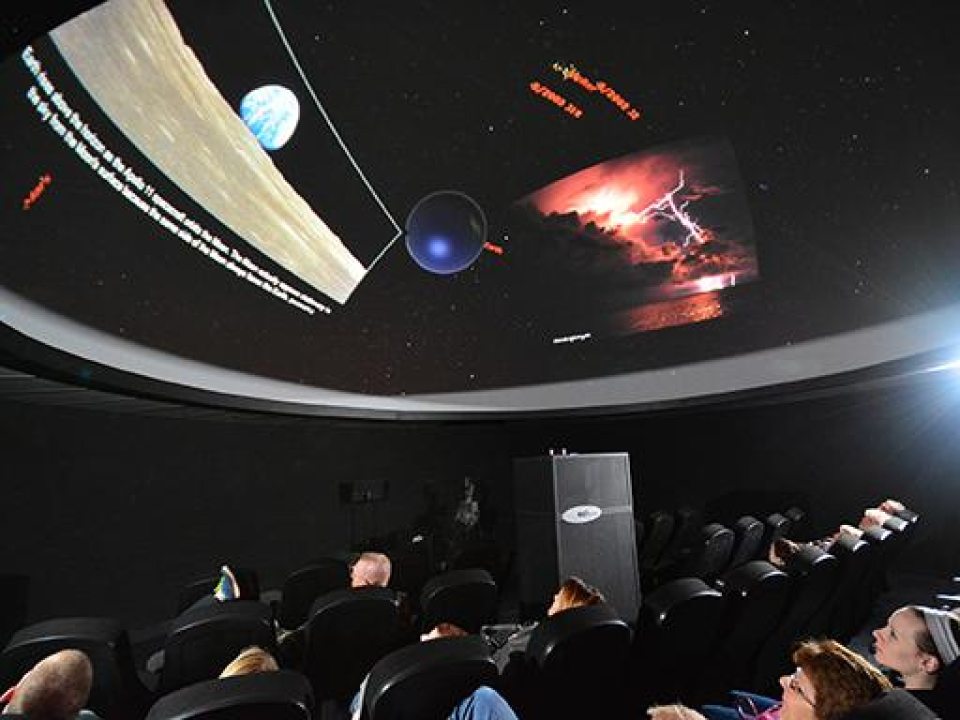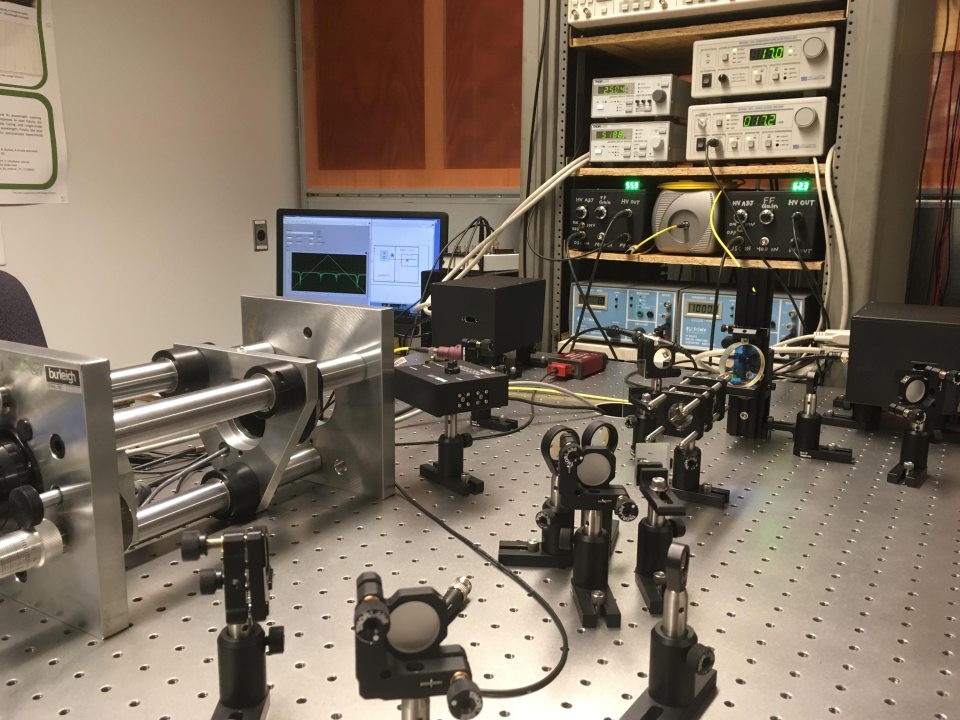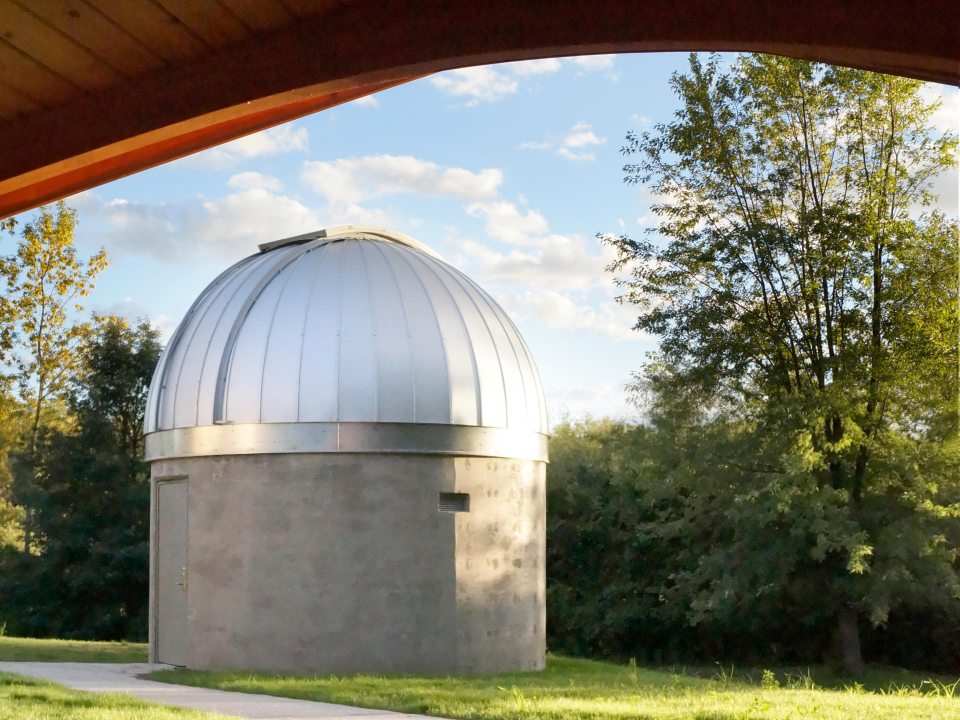Computational Laboratory
The Computational Astrophysics Lab deals with computational and statistical methods, mainly with variable stars in astrophysics and their applications to fundamental problems in cosmology — such as the universe's age and distance scales. Available codes include a 3D adaptive mesh magnetohydrodynamic code, a state-of-the-art stellar evolution and linear non-adiabtaic pulsation code, access to a nonlinear non-adiabatic pulsation code, various period detection algorithms and programs to carry out Fourier transforms. This lab has access to a number of large astronomical databases and is the U.S. lead for the Joint Indo-U.S. Center for the Analysis of Variable Star Data.
Nanotechnology Laboratory
The Nanoscale Technology in Sustainable Energy Laboratory (Nanolab) in G07 Shineman Center provides learning, teaching and comprehensive research on nanotechnology with emphases on nanomaterial synthesis and growth, in-depth studies of nanoscale interfaces, device fabrication, educational outreach and course development, with full student participation in each activity. Projects include creation of nanomaterials, third-generation solar cells and rechargeable lithium ion batteries. We use a wide array of characterization techniques including, UV-VIS spectroscopy, photoluminescence, scanning electron microscopy, energy dispersive X-ray, atomic force microscopy, X-ray diffraction, electrical conductivity, Hall Effect and magnetization.
Thin Films Laboratory
The Thin Films Laboratory explores molecule adsorption and desorption from thin films, capillary condensation transitions and vibrational spectra calculations of pentacene derivatives. The projects may have theoretical, computational and experimental parts. Samples are fabricated by Langmuir-Blodgett technique or by spin coating technique and analyzed in the ultra-high vacuum chamber. The lab also enables electrical transport measurements of various films and devices.


